By Richard Rothstein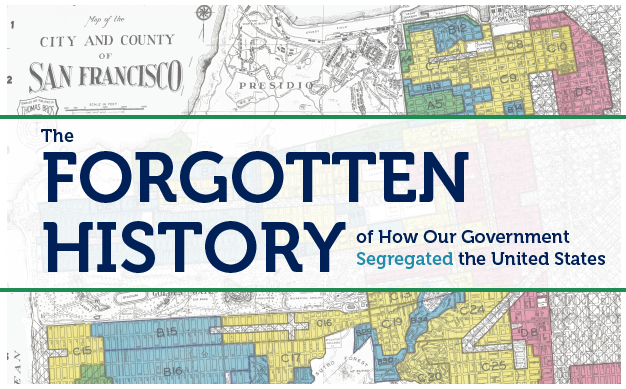
Racial segregation characterizes every metropolitan area in the United States and bears responsibility for our most serious social and economic problems — it corrupts our criminal justice system, exacerbates economic inequality, and produces large academic gaps between white and African American schoolchildren. We’ve taken no serious steps to desegregate neighborhoods, however, because we are hobbled by a national myth that residential segregation is de facto — the result of private discrimination or personal choices that do not violate constitutional rights. In truth, however, residential segregation was created by racially explicit and unconstitutional government policy in the mid-20th century, including the racially explicit federal subsidization of whites-only suburbs in which African Americans were prohibited from participating. Only after learning the history of these policies can we be prepared to undertake the national conversations necessary to remedy our unconstitutional racial landscape.
Such a national conversation is now possible. Without minimizing the terrible dangers of today’s resurgent white supremacist activity, we also should take hope from the reaction to it: a widespread willingness to confront, in many cases for the first time, the history of African American subjugation. Our previous failure, even refusal to do so, has impeded our ability to eliminate the racial caste conditions that permeate U.S. society.
Not to be underestimated is the wave of Confederate monument removals across the South, and the acknowledgement that these monuments were erected not after the Civil War to commemorate the misguided heroism of Confederate soldiers, but rather during the Jim Crow and post-Brown v. Board of Education eras, for the purpose of celebrating slavery and its residues in second-class citizenship. Who could have imagined, even a few years ago, that a white elected politician in the South, presiding over the removal of a Robert E. Lee statue, would proclaim that Confederate monuments celebrated a system “where hundreds of thousands of souls were bought, sold, and shipped up the Mississippi River to lives of forced labor of misery, of rape, of torture.”
Speaking to his fellow citizens in New Orleans of how we mis-celebrate our history, Mayor Mitch Landrieu continued:
America was the place where nearly 4,000 of our fellow citizens were lynched, 540 alone in Louisiana; where the courts enshrined “separate but equal”; where Freedom Riders coming to New Orleans were beaten to a bloody pulp. So when people say to me that the monuments in question are history, well, what I just described is real history as well, and it is the searing truth.
And it immediately begs the questions, why there are no slave ship monuments, no prominent markers on public land to remember the lynchings or the slave blocks; nothing to remember this long chapter of our lives; the pain, the sacrifice, the shame. . . all of it happening on the soil of New Orleans. So for those self-appointed defenders of history and the monuments, they are eerily silent on what amounts to this historical malfeasance, a lie by omission. There is a difference between remembrance of history and reverence of it.
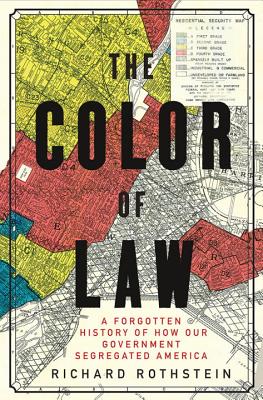 Recognition of historic wrongs is an essential predicate of the resolve to correct them. As another Southern white politician, Joseph Riley Jr., mayor of Charleston, South Carolina from 1975 to 2016, recently put it, only after we “acknowledge the burden so many were forced to bear, and set the table for a deeper inquiry into the past we all share, [can] we begin to heal the wounds of racial injustice, bridge the gulf that divides us still and come together at last around a common understanding of who we truly are as American people.”
Recognition of historic wrongs is an essential predicate of the resolve to correct them. As another Southern white politician, Joseph Riley Jr., mayor of Charleston, South Carolina from 1975 to 2016, recently put it, only after we “acknowledge the burden so many were forced to bear, and set the table for a deeper inquiry into the past we all share, [can] we begin to heal the wounds of racial injustice, bridge the gulf that divides us still and come together at last around a common understanding of who we truly are as American people.”
My recent book, The Color of Law, has become relevant only because of this new willingness to confront the reality of our racial history — as a first step toward remedy. It tells a “forgotten history of how our government segregated America,” resulting in the concentration of African Americans in segregated neighborhoods in every metropolitan area of the nation, not only in the South, but in the North, Midwest, and West as well. The book explains that the Constitution requires knowledge of this history before we can enact policies to integrate our communities.
That’s because the Supreme Court has made a distinction between de facto and de jure segregation. De facto segregation is racial concentrations that result from private prejudice, discriminatory practices of rogue real estate agents, personal choices to live with same-race neighbors, or income differences that have kept low-income families from moving to middle-class communities. De jure segregation, in contrast, results not from private activity but from government law and policy that violated the Fifth, Thirteenth, and Fourteenth amendments to the federal constitution.
The Supreme Court has said that if segregation is de facto, there is little we can do to correct it. What happened by accident can only be undone by accident. But if segregation has been created de jure, by government’s explicit racial policies, not only are we permitted to remedy it, we are required to do so.
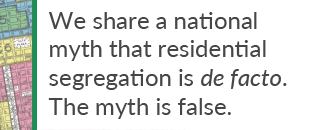 We share a national myth that residential segregation is de facto. It is a myth embraced not only by conservatives, but by liberals as well. It is perpetuated by our standard high school history curriculum, in which commonly used textbooks routinely describe segregation in the North as de facto, mysteriously evolved without government direction. Yet, as The Color of Law recounts, the myth is false. Federal, state, and local governments deliberately segregated residential areas of every metropolitan area of the nation, designed to ensure that African Americans and whites would have to live separately.
We share a national myth that residential segregation is de facto. It is a myth embraced not only by conservatives, but by liberals as well. It is perpetuated by our standard high school history curriculum, in which commonly used textbooks routinely describe segregation in the North as de facto, mysteriously evolved without government direction. Yet, as The Color of Law recounts, the myth is false. Federal, state, and local governments deliberately segregated residential areas of every metropolitan area of the nation, designed to ensure that African Americans and whites would have to live separately.
For example, the federal government purposefully placed public housing in high-poverty, racially isolated neighborhoods to concentrate the black population. And it created a whites-only mortgage insurance program to shift the white population from urban neighborhoods to exclusively white suburbs. The Internal Revenue Service granted tax exemptions for charitable activity to organizations that openly enforced neighborhood racial homogeneity. Government-licensed realtors, with the open support of state regulators, enforced a “code of ethics” that prohibited the sale of homes to African Americans in white neighborhoods. In thousands of cases, police forces organized and supported mob violence to drive black families out of homes on the white side of racial boundaries. Federal and state regulators sanctioned the refusal of the banking, thrift, and insurance industries to make loans to homeowners in other-race communities.
By the time the federal government reversed its policy of subsidizing segregation in 1962, and by the time the Fair Housing Act banned private discrimination in 1968, the residential patterns of major metropolitan areas were set. White suburbs that had been affordable to the black working class in the 1940s, 50s, and 60s were now no longer so, both because of the increase in housing prices (and whites’ home equity) during that period, and because other federal policies had depressed black incomes while supporting those of whites. At the beginning of the New Deal the National Recovery Act established industrial wages at lower levels for industries where black workers predominated; later, Social Security and Fair Labor Standards legislation excluded from coverage occupations in which African Americans predominated, for example, agriculture and domestic service. It was not until 1964 that the National Labor Relations Board for the first time refused to certify a union’s exclusive bargaining status because it openly refused to represent black workers.
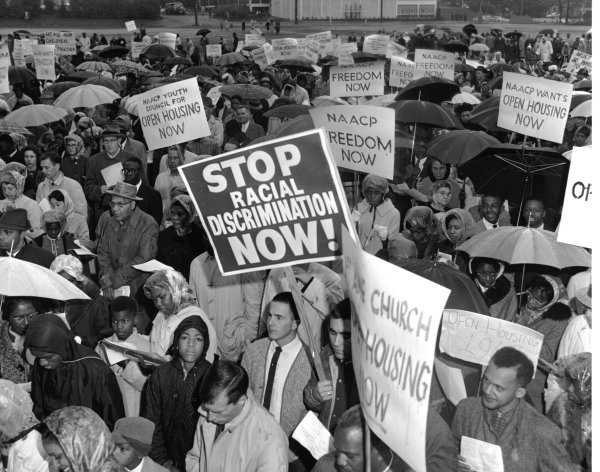
Open housing demonstration in Seattle, October 20, 1963. Image: Seattle Post-Intelligencer Collection.
I’ve summarized some of these policies on Terry Gross’s radio program, Fresh Air. But my articles and The Color of Law are not the only sources for correcting the de facto myth. Ta-Nehisi Coates, for example, in “The Case for Reparations” and other articles in The Atlantic, also tells part of this story. Several scholars have done the same.
We promote the myth of de facto segregation by mis-teaching our young people about our past. When I was researching The Color of Law, I examined high school history textbooks that were commonly in use during the early years of this decade, and was shocked by their mendacity in describing racial history. For example, in the more than 1,200 pages of the widely used high school textbook The Americans, a single paragraph was devoted to 20th-century “Discrimination in the North.” That paragraph included one sentence on residential segregation, stating that “African Americans found themselves forced into segregated neighborhoods,” with no further explanation of how this happened or how public policy was responsible.
Another widely used high school textbook, Pearson’s United States History, also attributed segregation to mysterious forces: “In the North, too, African Americans faced segregation and discrimination. Even where there were no explicit laws, de facto segregation, or segregation by unwritten custom or tradition, was a fact of life. African Americans in the North were denied housing in many neighborhoods.” The passive voice construction — “were denied” — is not just bad writing, it hides who exactly denied housing to African Americans.
 The popular high school textbook History Alive! also teaches a distorted view by suggesting that segregation was only a problem in the South. “Even New Deal agencies,” it says, “practiced racial segregation, especially in the South,” failing to explain that the New Deal’s Public Works Administration initiated the nationwide civilian public housing program by demolishing integrated neighborhoods even in the North to build segregated projects in their place, or that the New Deal’s Federal Housing Administration denied loan guarantees to developers of suburbs wherever the danger of “infiltration” of “incompatible racial groups” was present.
The popular high school textbook History Alive! also teaches a distorted view by suggesting that segregation was only a problem in the South. “Even New Deal agencies,” it says, “practiced racial segregation, especially in the South,” failing to explain that the New Deal’s Public Works Administration initiated the nationwide civilian public housing program by demolishing integrated neighborhoods even in the North to build segregated projects in their place, or that the New Deal’s Federal Housing Administration denied loan guarantees to developers of suburbs wherever the danger of “infiltration” of “incompatible racial groups” was present.
Such indoctrination of today’s high school students minimizes the possibility of progress toward equality when these students become our country’s leaders. As New Orleans’ Mayor Landrieu put it, referring to the South’s glorification of Confederate leaders, “We justify our silence and inaction by manufacturing noble causes that marinate in historical denial.” This is equally true of the de facto myth we have manufactured about how our nation became segregated. The next generation will do no better a job than our generation has done of progressing toward a better future, unless we teach our young people a less-sanitized version of the past.
 This article is part of the Zinn Education Project’s If We Knew Our History series.
This article is part of the Zinn Education Project’s If We Knew Our History series.
Published on: Huffington Post.
© 2017 The Zinn Education Project, a project of Rethinking Schools and Teaching for Change.


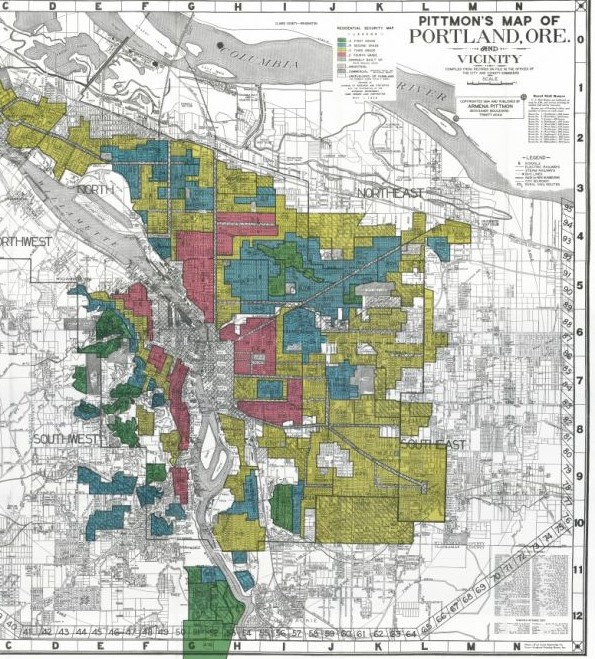
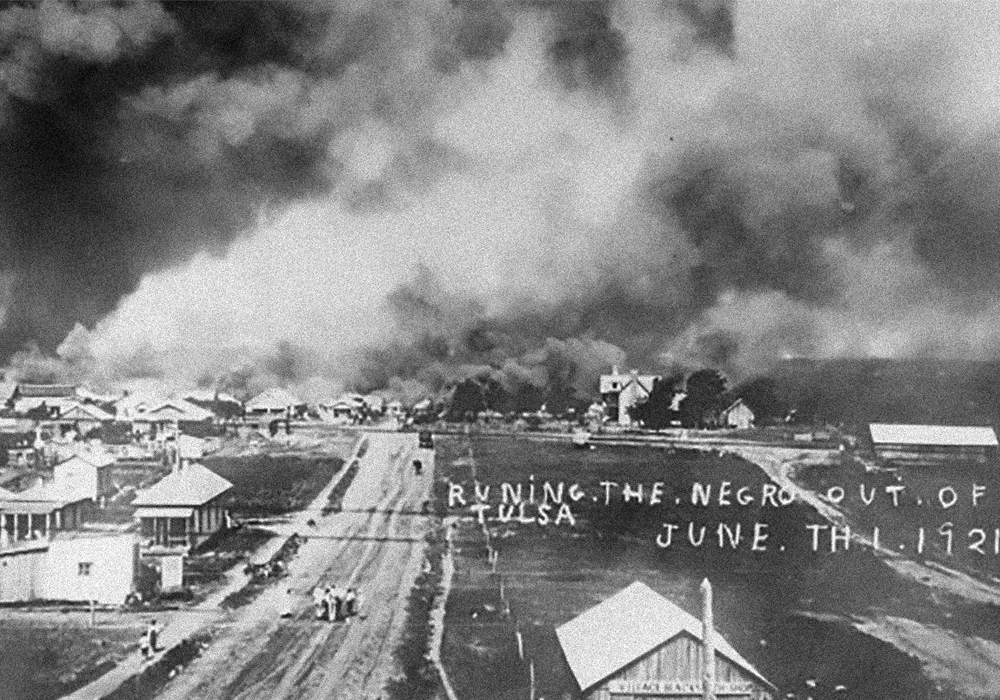



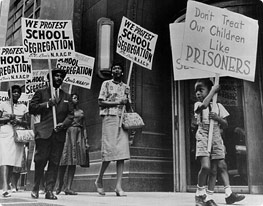

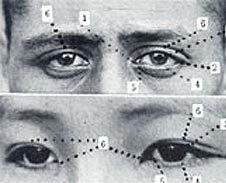





Twitter
Google plus
LinkedIn